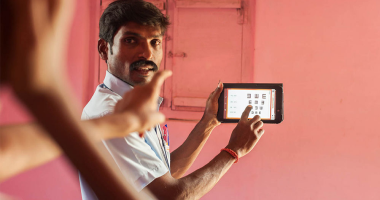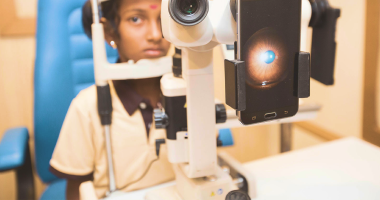How Diabetes Affects Your Eyes: A Complete Overview of Diabetic Retinopathy and Solutions
Diabetic retinopathy is a severe eye condition that can arise in individuals with diabetes. It is a leading cause of blindness among adults and can affect anyone with diabetes, whether type 1 or type 2. The condition primarily affects the blood vessels in the retina, the light-sensitive tissue at the back of the eye, and can result in vision loss if left untreated. Understanding diabetic retinopathy eye problems is crucial for those living with diabetes to prevent irreversible damage to their vision.
What is Diabetic Retinopathy?
Diabetic retinopathy occurs when high blood sugar levels cause damage to the tiny blood vessels in the retina. Over time, these blood vessels can weaken, leak fluid, or become blocked, leading to swelling and growth of abnormal new blood vessels. This damage can impair the retina's ability to send visual information to the brain, resulting in blurred or distorted vision. In the worst cases, it can lead to permanent vision loss.

Stages of Diabetic Retinopathy
There are four stages of diabetic retinopathy eye problems:
Mild Non-Proliferative Retinopathy: In this early stage, small areas of balloon-like swelling occur in the blood vessels of the retina. There are no noticeable symptoms, but the condition is detectable during a routine eye exam.
Moderate Non-Proliferative Retinopathy: As the condition progresses, the blood vessels in the retina become blocked. The retina may start to show signs of ischemia (lack of blood supply), which can lead to further complications.
Severe Non-Proliferative Retinopathy: At this stage, many blood vessels become blocked, leading to areas of the retina receiving no blood supply. This may cause the retina to release growth signals that lead to the development of new, abnormal blood vessels.
Proliferative Diabetic Retinopathy: This is the most advanced stage, where the abnormal blood vessels grow and may bleed into the vitreous (the gel-like substance inside the eye). This stage often causes severe vision problems and can lead to total blindness if not treated promptly.
Symptoms of Diabetic Retinopathy
In the early stages, diabetic retinopathy eye problems may not present any symptoms, which is why regular eye exams are essential for diabetic patients. As the condition progresses, individuals may experience:
Blurred or fluctuating vision
Dark or empty areas in the field of vision
Difficulty seeing at night
Sudden loss of vision
If you experience any of these symptoms, it is crucial to consult an eye specialist immediately.

Treatment for Diabetic Retinopathy Eye Problems
Treatment for Diabetic retinopathy eye problems aims to stop or slow down the progression of the disease and prevent further vision loss. The treatment plan depends on the stage of the condition and the severity of the damage.
Laser Therapy: One of the most common treatments for diabetic retinopathy is laser surgery, also known as laser photocoagulation. This procedure involves using a laser to seal leaking blood vessels and reduce swelling in the retina. In some cases, laser treatment can also shrink abnormal blood vessels.
Injections: Medications that can reduce swelling and prevent abnormal blood vessels from growing are injected into the eye. These medications, known as anti-VEGF (vascular endothelial growth factor) agents, help control the condition and prevent further damage.
Vitrectomy: In cases of severe diabetic retinopathy, a vitrectomy may be necessary. This surgical procedure involves removing the vitreous gel from the eye to clear any blood or scar tissue. It can help restore vision and prevent further complications.
Management of Diabetes: Managing blood sugar levels is critical in the prevention and treatment of diabetic retinopathy. Keeping blood sugar, blood pressure, and cholesterol levels in check can help prevent the development or worsening of diabetic retinopathy.
Preventing Diabetic Retinopathy
While it may not always be possible to prevent diabetic retinopathy eye problems, maintaining good control over diabetes is the most effective prevention strategy. Regular eye exams, especially for individuals who have had diabetes for several years, can help detect diabetic retinopathy in its early stages, even before symptoms appear. Early detection and treatment are essential in preserving vision and preventing severe complications.
Conclusion
Diabetic retinopathy is a serious eye condition that requires prompt attention and care. With early diagnosis and appropriate treatment, the progression of the disease can be slowed down, and vision can be preserved. If you have diabetes, make sure to schedule regular eye exams and discuss any changes in your vision with your eye doctor. Managing your blood sugar levels effectively and adhering to the prescribed treatment plan can significantly reduce the risk of developing diabetic retinopathy eye problems.



Comments
Post a Comment